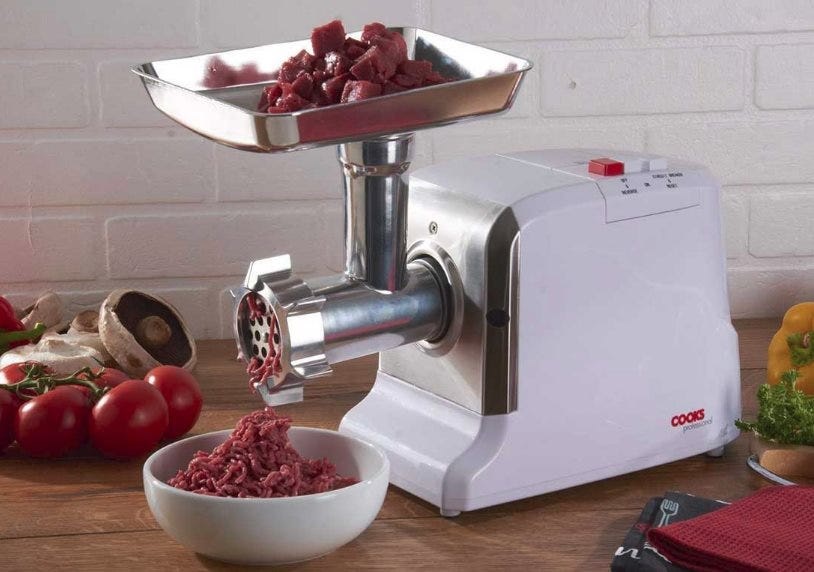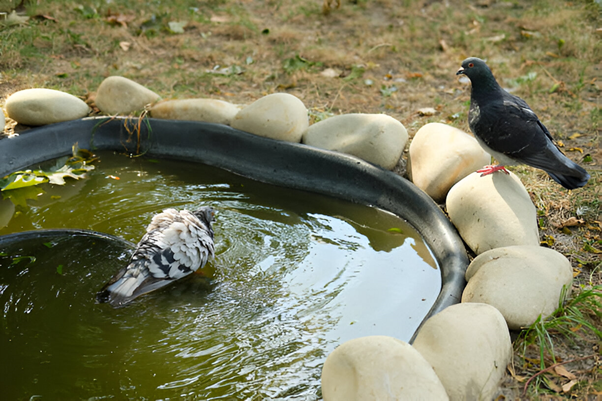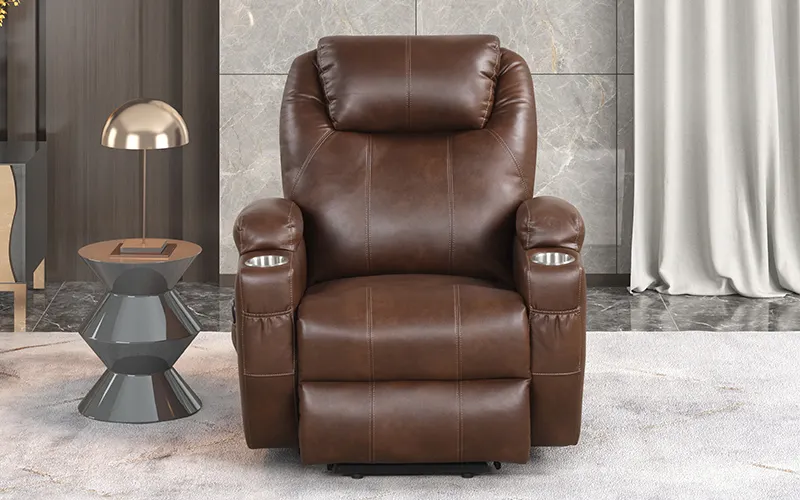Guide to Meat Grinders in SG & How Beneficial They Are
Whether operating a hawker stall, restaurant kitchen, or commercial food production facility in Singapore, a heavy duty meat grinder is an essential piece of equipment for processing fresh meats. Compared to pre-ground meats, freshly grinding meat yourself offers greater quality control, cost savings, and the ability to customize textures. When selecting a meat grinder in Singapore, key considerations include the motor power, grinding speed, hopper size, accessories, and materials.
What is a Meat Grinder?
A meat grinder is an electric or manual device designed to finely mince, shred, or emulsify all types of raw and cooked meats. Modern commercial meat grinders utilize a screw or auger housed within a cylindrical shaped grinder head that pulls meat into the front of the grinder as it rotates. The meat is forced through a metal plate at the end called a die that has holes or slits to determine the size of the ground meat pieces. Below the die is a rotating knife blade that chops the meat into smaller bits as it passes through the holes. The ground meat is extruded through the grinder head into a tray, bowl, or directly into sausage stuffing horns.
Powerful Motors and Metal Gears
Heavy duty motors between 0.75 to 2 horsepower are ideal for commercial meat grinding, as they can quickly grind large volumes of meat without overheating or losing torque. Robust metal gears, screws, plates, and blades are preferred over plastic components, which can wear down faster in commercial settings. Look for all stainless steel and cast iron meat grinders to best withstand high usage in Singapore’s hot, humid environment.
Grinding Speed and Hopper Size
Higher grinding speeds between 3600 to 4200 RPMs will produce finer, emulsified meat textures preferred for burgers, sausages, and nuggets. Slower speeds around 1800 RPMs work well for coarse chopped meats. Larger meat hoppers that can hold 5kg or more of meat chunks minimize the need for constant refilling during high volume production runs.
Grinding Plates for Desired Textures
Most commercial meat grinders include 3 to 5 interchangeable grinding plates with hole sizes ranging from 3mm to over 15mm. The smallest die plates create a finely ground paste suitable for hot dogs and nuggets. Larger die plates produce coarse grinds optimal for hamburgers and kebabs. Mixing plate sizes gives flexibility to produce customized meat textures.
Additional Grinder Attachments
Look for meat grinders that can accommodate additional attachments like stuffing tubes, kubbe makers, and vegetable grinders. Stuffing tubes allow extruding meat directly into sausage casings. Kubbe/kofta attachments shape ground meat into balls or cylinders for middle eastern dishes. Vegetable grinder plates let you grind firm fruits, veggies, and legumes using the same machine.
Ease of Use and Cleaning
Well designed meat grinders have features like reverse/forward controls, splash guards, and easy disassembly for simplified usage and cleaning. All grinding parts should come apart for hand washing or be dishwasher safe. Choose electric grinders with sealed controls and motors to prevent water damage during cleaning.
Durable Materials and Safety Features
Commercial meat grinders utilize heavy duty metals like powder coated steel, anodized aluminum, and stainless steel for maximum durability. Polycarbonate and ABS plastic housings withstand cracks and discoloration. Look for safety features like non-slip feet, circuit breaker plugs, and magnetic interlock switches that prevent operation when disassembled.
With Singapore’s wide range of protein options, investing in a versatile, heavy duty meat grinder pays dividends for hawkers, restaurants, and food factories. Take time to understand your production volumes, texture needs, and cleaning requirements when selecting a commercial meat grinder. Top quality mixing plates, powerful motors, stainless steel assemblies, and useful attachments give you flexibility to efficiently process large volumes of fresh meat for all your dishes.




